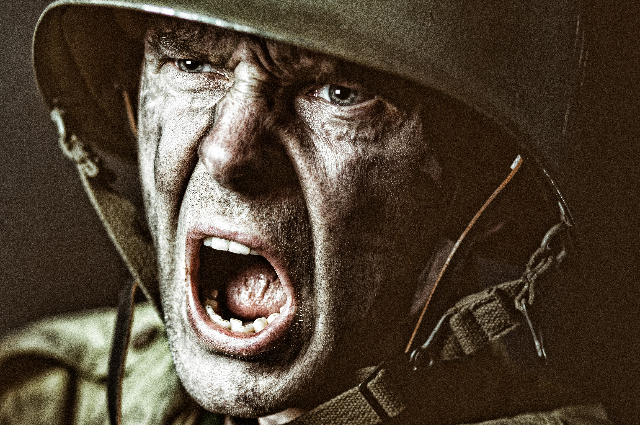
Introduction:
In the annals of history, one recurring tragedy stands out: the sacrifice of young lives in conflicts engineered by older generations. This phenomenon, encapsulated in the adage “Young men die for old men’s wars,” epitomizes the systemic injustice ingrained within the fabric of warfare. Despite strides towards peace and diplomacy, the cycle persists, leaving devastation in its wake.
Historical Precedents:
Throughout centuries, the pages of history bear witness to the recurring pattern of young men being thrust into battles not of their making. From the blood-soaked fields of ancient wars to the trenches of World War I, the narrative remains unchanged. Generations of young soldiers, often conscripted or driven by economic desperation, have borne the brunt of conflicts instigated by older leaders.
Economic Exploitation:
One insidious aspect underlying the phenomenon is the exploitation of youth for economic gain. Societies plagued by poverty and unemployment often see military service as a means of escaping destitution. Yet, the promise of a better future often leads these young individuals into the crosshairs of war, where their lives are traded for the ambitions of older elites.
Political Machinations:
Behind the façade of noble causes lie the political machinations of older leaders, whose decisions shape the course of conflict. Whether driven by territorial ambitions, ideological fervor, or personal vendettas, these leaders rarely bear the direct consequences of their actions. Instead, it is the youth who pay the ultimate price on the battlefield.
Propaganda and Manipulation:
Inflamed by propaganda and manipulated by those in power, young men often march to war with fervent patriotism and misguided ideals. Whether through stirring speeches or nationalist rhetoric, older generations wield influence over the hearts and minds of impressionable youth, leading them to believe in the righteousness of their cause.
Psychological Impact:
The toll of war extends far beyond the physical battlefield, with young soldiers grappling with profound psychological trauma. Forced to confront the horrors of combat and witness the loss of comrades, many return home scarred and shattered, their youth forever marred by the brutality of war.
Inter-generational Conflict:
The clash between older generations who advocate for war and the younger generation who bear its consequences fuels inter-generational tension. With each passing conflict, the disillusionment among youth grows, as they question the motives and morality of those who send them into harm’s way.
Human Cost:
Amidst the rhetoric of victory and glory, it is imperative to confront the stark reality of human suffering. Behind every statistic lies a story of a life cut short, dreams unfulfilled, and families torn apart. The human cost of war, disproportionately borne by the young, demands reflection and accountability.
Resistance and Rebellion:
Yet, amidst the despair, tales of resistance and rebellion offer glimpses of hope. From anti-war movements to conscientious objectors, there are those who refuse to be complicit in perpetuating the cycle of violence. Their courage serves as a beacon of defiance against the machinery of war.
Long-Term Consequences:
The scars of war extend far beyond the cessation of hostilities, leaving a lasting imprint on society and future generations. From economic instability to geopolitical unrest, the repercussions reverberate through time, reminding us of the folly of sacrificing young lives for fleeting gains.
Towards a Peaceful Future:
Breaking free from the cycle of “Young men die for old men’s wars” necessitates a collective commitment to peace-building and diplomacy. By addressing root causes of conflict, fostering dialogue, and promoting social justice, we can aspire towards a future where the youth are no longer cannon fodder for the ambitions of the old.
Conclusion:
In the final analysis, the axiom “Young men die for old men’s wars” serves as a sobering reminder of the systemic injustices that pervade our world. Yet, it also embodies a call to action, urging us to challenge the status quo and strive for a future where the sacrifice of youth in the name of war becomes a relic of the past. Only then can we honour the memory of those who have fallen and pave the way towards a more just and peaceful world for generations to come.
